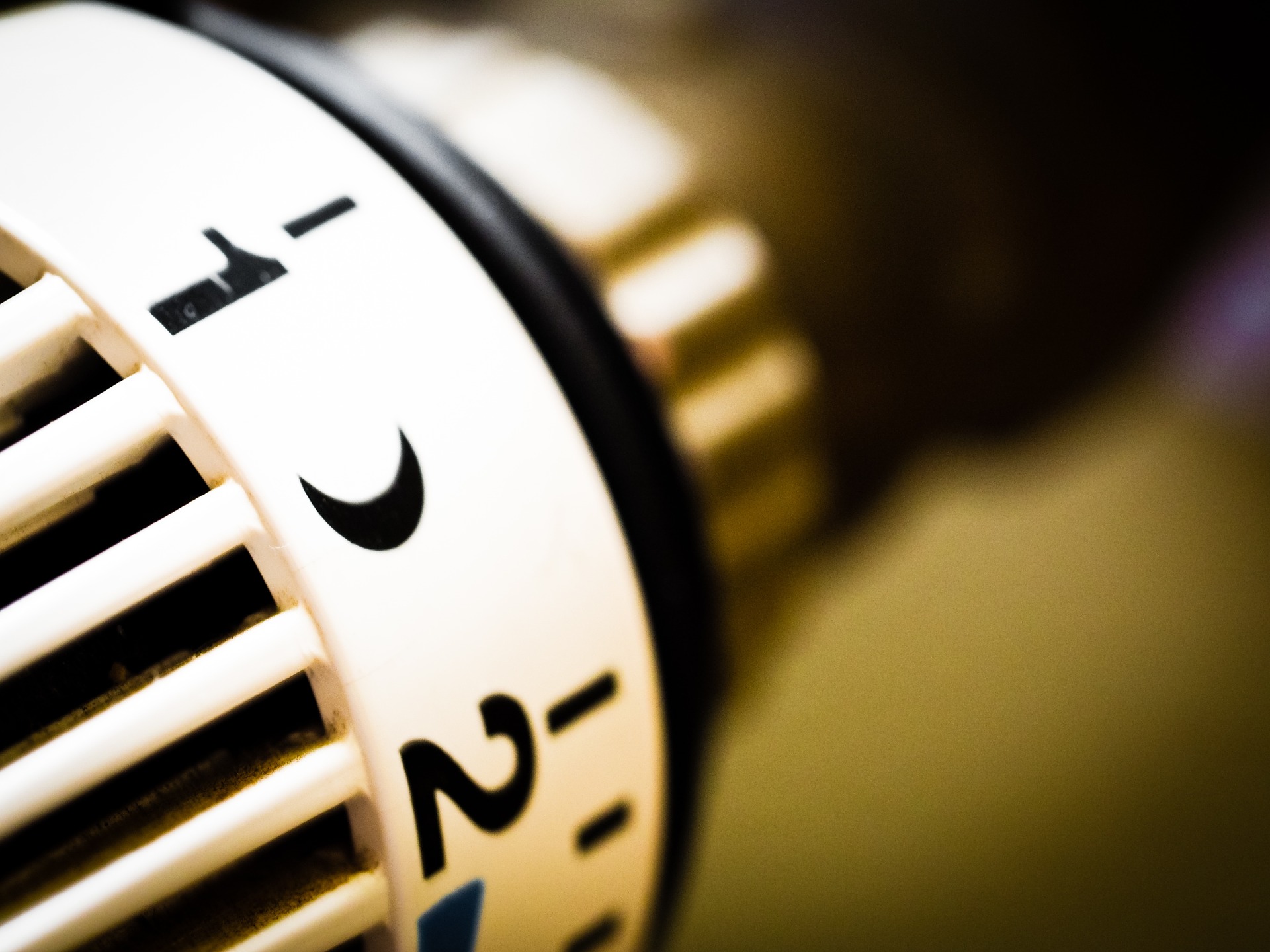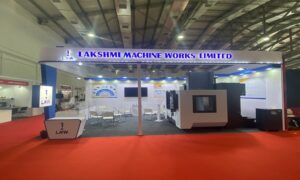Temperature management in larger spaces will be easier through satellite-communicated services.
Modern life would be impossible without satellite-communicated services like weather forecasts, TV programs, the internet and communication services. Satellites provide the foundations for global networking, with over 2,000 functioning satellites and the international space station (ISS) currently orbiting the planet.
Vacuum and temperature extremes place immense demands on both technology and materials. For example, the moon sees temperatures of up to +120 °C during the long solar phase, while it becomes subject to temperatures as low as -130 °C in the shadow phase.
The internally generated temperature (from control electronics, for example) of technical devices must also be considered for use in space. The most significant challenge when developing satellites is, therefore, sufficiently protecting sensitive technology from both overheating and cold-related failure.
Space only adds to these challenges because, while heat conduction by convection is able to take place on earth for temperature compensation, this is rendered impossible in a vacuum.
In space, temperatures higher than -270 °C are primarily generated by the direct radiation of the sun. Therefore, their formation is also dependent on how effectively the irradiated material is able to absorb the radiation.
Additionally, the vacuum of space influences the state of aggregation of liquid media; for example, lubricants are prone to evaporation because of the lack of air pressure.
Specific outer materials are used to prevent the satellite’s temperature from becoming too high due to exposure to the sun. They do this by reflecting a large part of the radiant energy. Some satellites are designed to rotate around their axis, evenly distributing direct sunlight.
Booster heaters are installed in order to ensure operating temperature within the satellite. They do this by allowing a defined temperature to be maintained, in contrast to direct sunlight. Additionally, key components may be wrapped with insulating material to further manage temperatures.
During a satellite’s development process, thermal models are employed initially in order to calculate temperature developments in the satellite. These models are later bench tested under conditions that are as realistic as possible, for example, temperature extremes, low pressure, and rapidly changing temperatures.
In the majority of industries, products are only extensively tested throughout their development phase, with regular random testing considered sufficient for ongoing quality assurance. Aerospace applications use a much more stringent approach, with each satellite undergoing a comprehensive series of tests, often taking a number of weeks to complete.
This rigorous testing is necessary, not only due to the huge expense and effort of any launch into space but also due to maintenance or repair being impossible once the equipment is in orbit. It is also imperative that a satellite does not put the launcher at risk during launch.
A range of sensors will be fitted to closely monitor temperature development. As well as delivering measured data, these sensors will also ensure the necessary safety of the test specimen. If there is a danger of damage to components caused by overheating, then the temperature inside the chamber will be lowered immediately.
In the thermal balance test, for instance, temperature distribution within the satellite is established before being compared to calculations of the thermal model. If deviating results are observed, these may be addressed by removing reflective elements on the surface of the satellite, fitting additional heating elements, or better isolating individual components.
A thermal cycling test is used to check the test specimen’s functionality after a defined number of cycles with variable temperature levels. Load and stress tests may be used to provide information about the impact of extreme conditions on the test specimen.
Cookie Consent
We use cookies to personalize your experience. By continuing to visit this website you agree to our Terms & Conditions, Privacy Policy and Cookie Policy.















